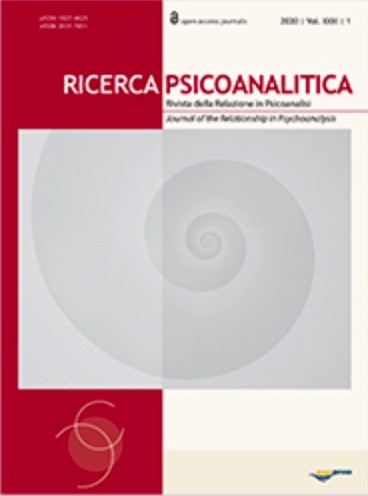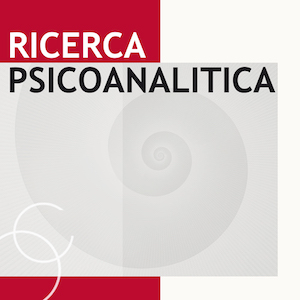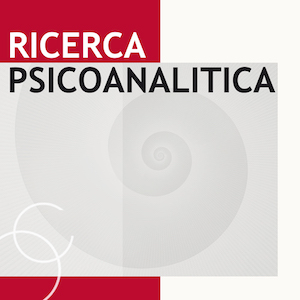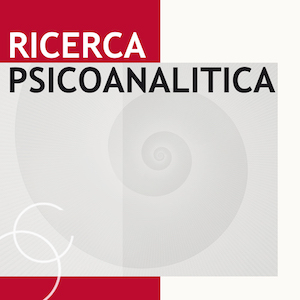Focus: Non esistono più i figli (ma soprattutto i genitori) di una volta: uno sguardo psicoanalitico al diventare genitori e alla psicologia perinatale
V. 32 N. 1 (2021)
Non si può toccare, senza essere toccati: perchè la psicoanalisi deve attingere dal perinatale e viceversa
Publisher's note
All claims expressed in this article are solely those of the authors and do not necessarily represent those of their affiliated organizations, or those of the publisher, the editors and the reviewers. Any product that may be evaluated in this article or claim that may be made by its manufacturer is not guaranteed or endorsed by the publisher.
All claims expressed in this article are solely those of the authors and do not necessarily represent those of their affiliated organizations, or those of the publisher, the editors and the reviewers. Any product that may be evaluated in this article or claim that may be made by its manufacturer is not guaranteed or endorsed by the publisher.
##plugins.generic.dates.received##: 1 ottobre 2020
##plugins.generic.dates.accepted##: 6 gennaio 2021
##plugins.generic.dates.accepted##: 6 gennaio 2021
4599
Visite
1202
Downloads










